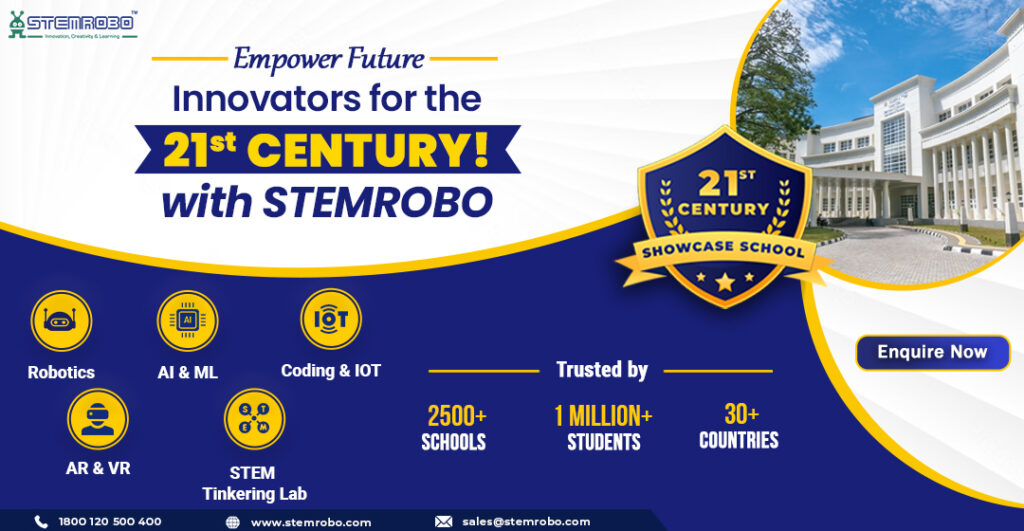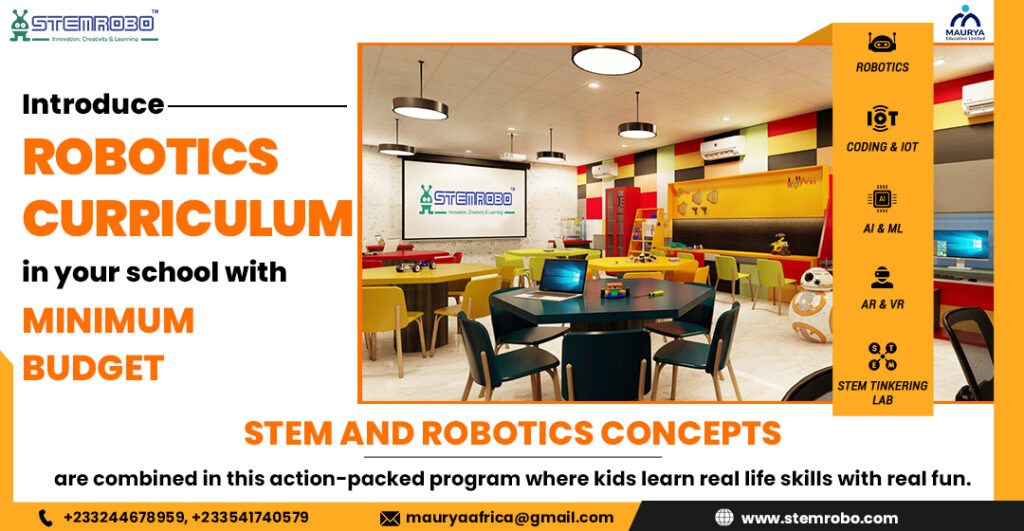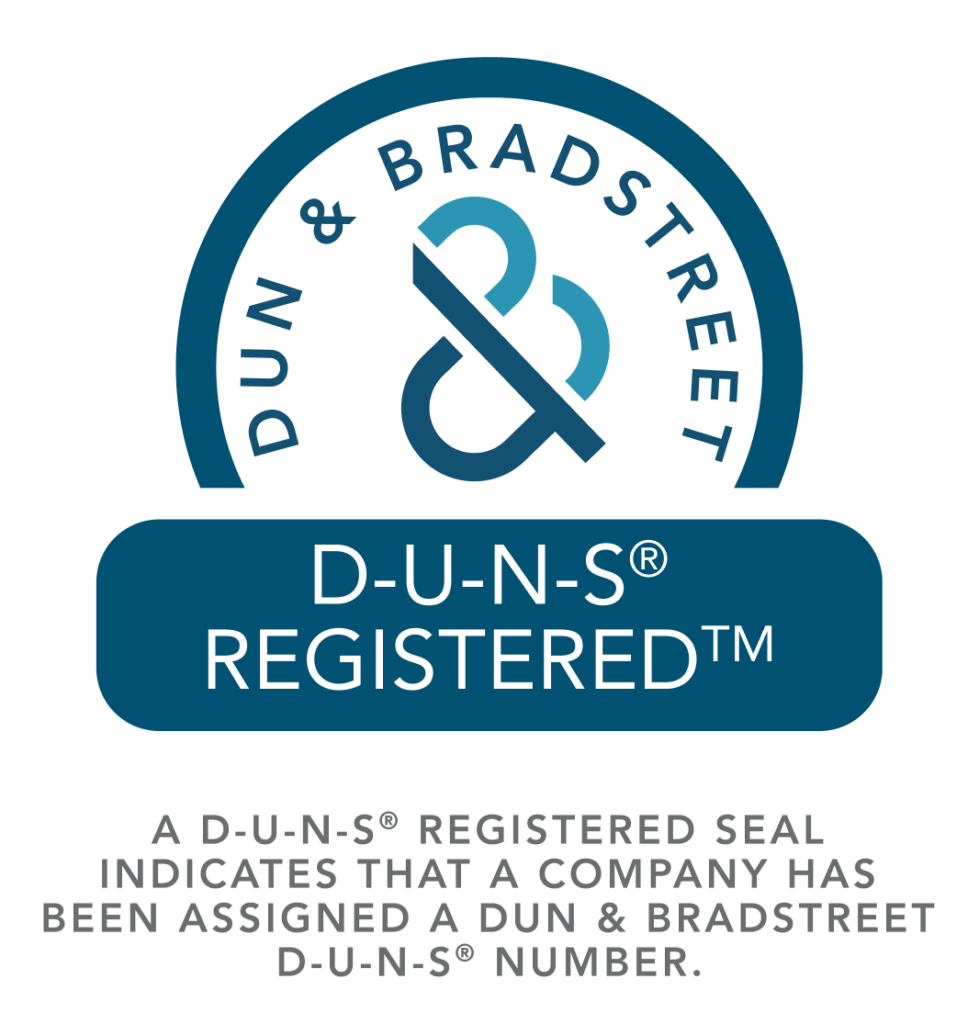Preparing Students for the Jobs of Tomorrow :The Importance of Skills Based Education
In India, around 70 percent of youth prepare hard to achieve heights and become successful person. Some of them are working for competitive exams or trying to learn soft skills. The reason behind this scenario is earning a good amount of money and privileges they want in their life. It is important to understand that after 10 years we don’t know about the future scope of jobs. We need to prepare ourselves with some soft skills. To prevent this problem STEM Education Solution Providers Company are providing the best solutions by setting up the innovation lab in the schools. These labs help the learners choose the path and guide them about the domain they would like to choose in the field of technology. This is why it’s important to have Skills-Based education. The future is where we are evolving rapidly, with technology in industry transforming the job market. Today’s education doesn’t have enough skills for students to adapt to the culture of advanced technology and hustling to grab good opportunities in the workplace. We recently had a skill-based shift with artificial intelligence. This enhancement plays a crucial role in the future of the people. Our youth need to adopt Skills-based Learning. Why we need Skills-Based Education Let’s take an example of why we need skill-based education and Robotics lab for Schools so, when the students are learning concepts for example about learning basketball in class or understanding the coding in the notebook. In both cases, students have theoretical knowledge but not practical knowledge because of which the acquiring part will not be accomplished or fulfilled by the learner. The simple way of doing that is by indulging the students with practical-based learning. Practical-based learning or skill-based learning is the way to understand any concept easily. Practical learning enhances their thinking capability and gives them space to think out of the box. That self-confidence helps them to become the best example of the inventor for the upcoming generation. That’s why students need to adopt skill-based learning subjects like robotics & AI. This skill helps them enhance their performance in academic’s part. Importance of Skill Based Learning From the beginning of the 60’s, it was observed that with the enhancement of technology, we are growing fast. We learned a term name as Computer. Everybody in the world got scared because of that term. They started boycotting the workplace because of the terror of getting jobless. The interesting fact of the situation is opposed. Computers started giving jobs to people and thousands of opportunities for people. The nature of technology is it acts like a giver if you know how to use its assets then it will be beneficial for you that’s why we need to learn this important soft skill. It helps you enhance your skills. So, that you can easily get the preferable job in future. The Difference between Skills-Based Education and Traditional Language Traditional Education or classroom education where we focus on memorizing the Q/A and passive learning. In Schools, students indulge in a lot of things. The approach for absorbing information from notebooks, studies, exams, etc. Meanwhile, it is beneficial for students to score good marks to be admitted to good colleges and acquire a good future. Traditional learning always focuses more on theories, examinations, curriculum, etc. Somewhere, we all forgot about the basic nature of our studies where practical knowledge plays a role as the main aspect, and our impact full generation, we required practical examinations, tests, and overall observation of studies and hit them with every criterion to get a better education. Let us understand this concept with an example, In the field of sports we require strength, stamina, endurance, and focus. We are gaining the opposite sense of education; students have theoretical examinations to learn that sport. When we enter into the field all the theoretical knowledge will be there. This incomplete practical knowledge of the team will make them lose the match again and again and the same goes for our STEM learners if they do not have the practical education of 21st-century skills for students in school there will be a full stop for our future learners. This is also one of the reasons for having skill-based learning in the field of education. The Role of Government in education centre In the field of education, our government plays an advanced role where they help an individual to decide his future with planned yearly Robotics & AI curriculum for Schools followed by our CBSE (Central Board of Secondary Education) or the other board of education. As of now they also understand the important role of AI & Robotics in the education sector. The priority is not to having the knowledge for the given term AI & Robotics in between they want the students to gain understanding. So, when they will enter into the advanced future they have the presence of mind while using the gadgets around them and understand the usefulness of that certain innovation and to acquire this goal, our government started labs in school named as Atal Tinkering Lab known as ATL labs in 2016 to educate students about robotics and AI. The Role of Educators and Schools Educators play a necessary role in making successful skill-based learning. Our mentor guides the students with their work experience and helps them to understand the perfect balance of practical-based learning and skill-based learning. In the class, students get help from teachers to evolve them and inspire them to take part in this field of education where students will develop hands-on projects, taking part in national robotics competitions like STEM INNOVATION LEAGUE which is held nationally and internationally organized by STEMROBO Technologies pvt. Ltd. Every year students present their ideas and implement them by making their models. In this kind of competition, our mentors and students work together and innovate new projects for the well-being of humankind, and who knows, one day one of them will become the inventor of the upcoming generation. Integrating the combination of
Preparing Students for the Jobs of Tomorrow :The Importance of Skills Based Education Read More »








